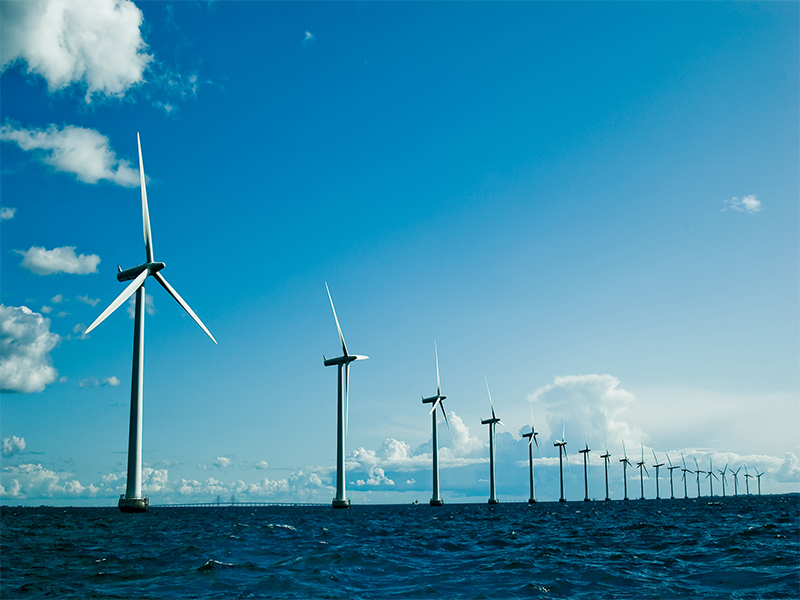
The Tide is Turning for Offshore Wind
the Tide is Turning for Offshore Wind
I am standing on the beach in eastern Massachusetts looking out over the ocean. I can see tremendous potential and expanding options for offshore wind energy.
The wind that flows over the offshore turbines are the same winds driving innovation and economic development on land. According to the US Department of Energy thirteen states have offshore wind projects in development that will bring an estimated 25,464 MW of power to their local communities.
New York is Taking the Wind Market by Storm
On January 15, 2019, the governor of New York, Andrew M. Cuomo, gave his 2019 State of the State address. In his address, Cuomo reiterated his commitment and dedication to renewable energy. He announced funds for a New York State Advisory Council on Offshore Wind Economic and Workforce Development including investing in an offshore wind training center, in addition, he stated that he anticipated having offshore wind power reaching 9,000 MW by 2035.
New York is currently reviewing bids from wind energy companies and will be announcing upcoming projects in spring 2019.
Vineyard Wind of Massachusetts is Sailing Ahead of the Rest
Vineyard Wind has committed fifteen million dollars to wind development in the state of Massachusetts. They are poised to develop three offshore wind projects along with necessary infrastructure. They are currently developing a supply chain and working with local infrastructures and facilities that will bring the electricity into communities.
Two million dollars will be going towards educational opportunities to recruit and train local residents in the wind energy industry. This program called the Windward Workforce will partner with local community and tech schools to offer training. Organizations such as the Fishing Partnership Support Services will be able to offer training for affected fishing industries. Vineyard plans to hire between 1,706 and 2,120 men and women for this project. Construction will begin in 2019 and be fully operational by 2021. This will benefit the economies of south-eastern MA towns such as New Bedford, Fall River, Cape Cod, Martha’s Vineyard, and Nantucket.
Expected average salaries for trained personnel will be between $78,000 and $85,000. In addition, they have made peace with environmental watchdogs by signing a “landmark agreement” to protect the North Atlantic Right Whale, an endangered species. Construction on turbines will stop during the weeks that the whales are migrating through the area. Turbines have also been developed to produce less noise. Studies have shown that loud noises adversely affect marine mammals.
This compromise between Vineyard, the National Wildlife Federation, and the Conservation Law Foundation proves that big corporations are ready to listen to public concerns. Vineyard also has taken local fisherman into account and listened to their needs.
Maine’s New Governor Embraces Wind
Janet Mills, who was sworn in as the new governor of Maine in January 2019, says she supports offshore wind development. Under the previous administration, Maine was failing to meet its renewable energy goals.
Mills recently signed an executive order ending a previous moratorium on wind turbine permits. On February 28, 2019, she announced that she will enact legislation to develop a Maine Climate Council and that Maine will join the United States Climate Alliance. She stated that “The Maine Climate Council will be responsible for developing an action plan and a timetable to meet our emission reduction goals and to ensure that Maine’s communities and economy are resilient to the effects of climate change”.
With a favorable political climate and a population eager for renewables, Maine’s offshore wind development is ready to move forward.
